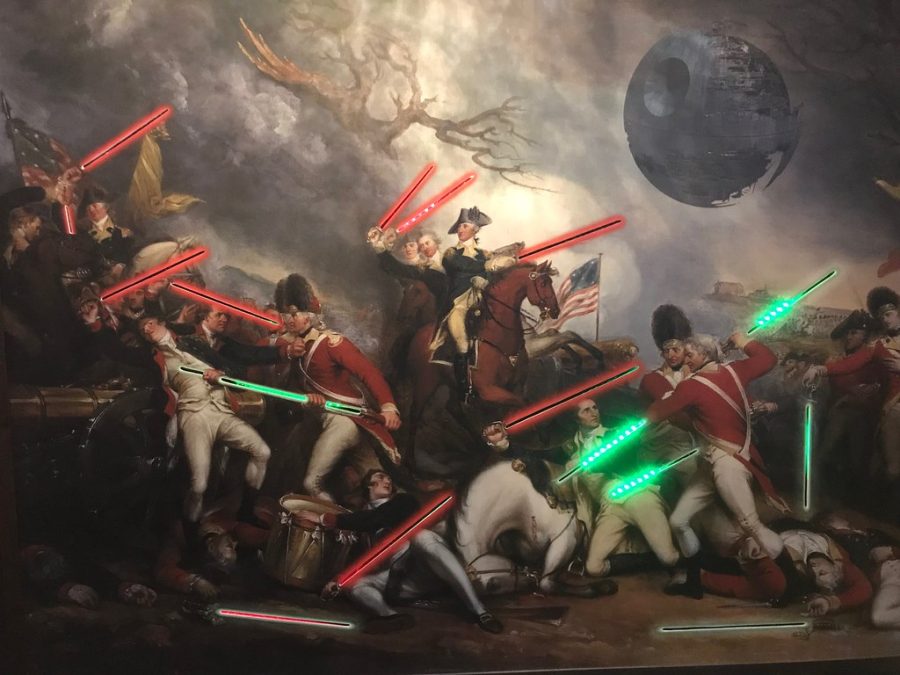The Use of Anachronisms
March 23, 2023
What is the specific accuracy of historical things in film? For set designers working on a movie set in a particular period, the historical accuracy of everything featured in a scene can help immerse a viewer that the scene plays out in the period specified. However, intentionally or unintentionally, some elements of a historical setting can compose of things that won’t be seen until the future or a heavily futuristic scene full of airships and new-age spacecraft that still harken back to our period’s airplanes and cars. All of these are examples of anachronisms, where an element is seemingly out of place within the context of a setting. So, why do people use this element, besides being another continuity error for critics to spot?
If used intentionally, the primary use is to shock, humor, and juxtapose our time period with another one. As an example of clever use, anachronisms can help us relate to the character if they are from a different period. An excellent example of this would be the 2004 film Napoleon Dynamite, where the plot is about how the protagonist feels alienated. Background scenes in the movie are donned with things from the 1980s: cassette tapes, walkmans, and CRT televisions with humorous intent. However, the actual film takes place in the modern day (at the time). This can give us a visual cue for the sense of isolation the protagonist feels in the movie, as a person in 2004 may not be familiar with items in the 1980s.
Another main reason for using anachronisms is to help relate the character to a more lighthearted audience. A good example is the 2006 film Marie Antoinette, a modern re-telling of the late French queen. When making the film, director Sofia Coppola wanted to portray the youthfulness and naïvety of a younger Marie. As a result, Marie in the movie wears a pair of Converse High Tops, which did not exist in the late 18th-century; instead, the shoes’ predecessors were first released in 1917. However, the intended audience, who are generally unfamiliar with late 18th-century monarchial customs, can more easily relate to the character without an explicit cue in the script. As a result, the story told can be more fluid without delving into exposition, yet the audience can still find the implicit meaning of these anachronistic items.
“Well there’s a variety of reasons for anachronism to occur in films,” commented junior Rahul Kamble. “It could just be that the producers made a mistake when researching the background of a setting. But the main purpose most of the time is to provide the viewer with a popular object to relate to a certain time period. While the item may not be historically accurate, stereotypes can help readers understand around what time period the film takes place in. For example, if a movie showed a character donning a cowboy hat and boots, even without any confirmation of the time period, the viewer can come to the conclusion that they are watching a movie taking place in the wild west or around that time frame.”
While frequently cited as a continuity error within a story, if appropriately used, anachronisms are a way to imply context without drowning a script in exposition or frequent and unoriginal dialogue that can take away from a story. Whether it is to add humor to a movie, juxtapose something familiar with a scene that can be unfamiliar to our context, or appeal to the eagle-eyed viewers, anachronisms will continue to be used by filmmakers everywhere.
Photo Courtesy of FLICKR.COM

